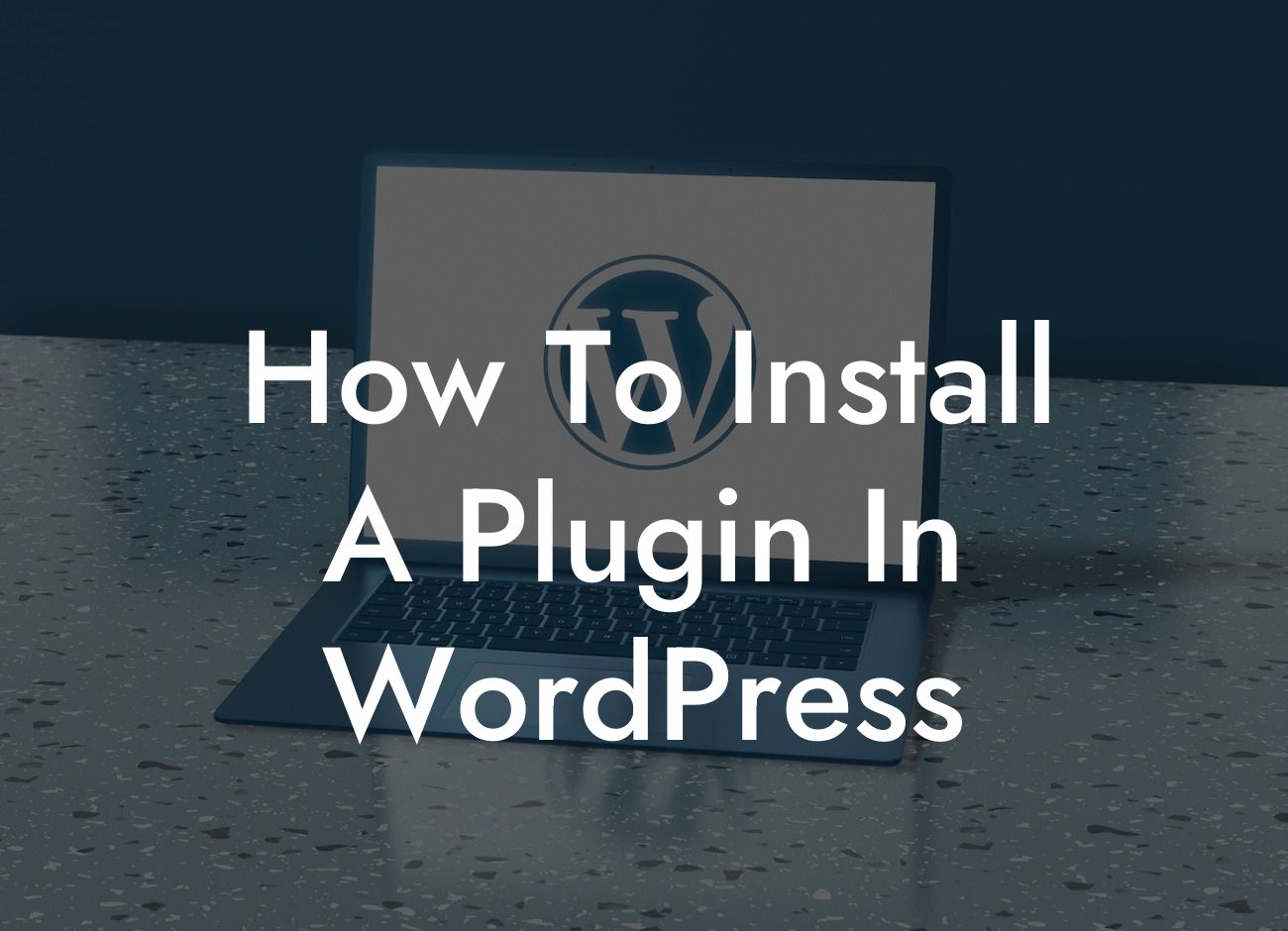Are you looking to add more functionality to your WordPress website but don't know where to start? Installing a plugin is the answer! Whether you want to improve your website's design, increase its security, or optimize its performance, plugins offer endless possibilities. In this guide, we'll walk you through the step-by-step process of installing a plugin in WordPress, empowering you to take control of your website's success.
Installing a plugin in WordPress is a straightforward process that can be done in just a few clicks. Here's a detailed breakdown of how to get it done:
1. Accessing the Plugin Installation Page:
To begin, log in to your WordPress dashboard and navigate to the "Plugins" tab on the left-hand side menu. Click on "Add New" to access the plugin installation page.
2. Searching for a Plugin:
Looking For a Custom QuickBook Integration?
In the search bar, type in the name or functionality you're looking for. WordPress will display a list of relevant plugins based on your search criteria. Take your time to explore the options and choose the one that best meets your needs.
3. Installing a Plugin:
Once you've found the desired plugin, click the "Install Now" button. WordPress will automatically download and install the plugin onto your website. After installation, click "Activate" to enable the plugin's features and functionality.
4. Configuring Plugin Settings:
Depending on the plugin, you may need to configure some settings before fully utilizing its capabilities. Access the plugin's settings page by going to the "Plugins" tab and clicking on "Installed Plugins." Locate the plugin and click on the "Settings" button, if available. Follow any on-screen instructions for customization.
5. Updating Plugins:
Regular updates are crucial for the security and performance of your plugins. WordPress will notify you whenever an update is available. To update a plugin, go to the "Plugins" tab and click on "Installed Plugins." Identify the plugins with available updates and click on the "Update Now" button.
How To Install A Plugin In Wordpress Example:
Let's say you want to add a contact form to your website. Search for a contact form plugin, such as "Contact Form 7," on the plugin installation page. Install and activate the plugin by following the steps mentioned above. Once activated, you can customize the form's fields, design, and email notifications to fit your specific needs. By integrating a contact form plugin into your WordPress website, you can streamline communication with your visitors and improve your customer service.
Congratulations! You've successfully learned how to install a plugin in WordPress. Now, it's time to explore DamnWoo's collection of powerful WordPress plugins curated exclusively for small businesses and entrepreneurs. Elevate your online presence, supercharge your success, and say goodbye to cookie-cutter solutions. Don't forget to share this article with others who may find it helpful and continue your WordPress journey by trying one of DamnWoo's awesome plugins. The possibilities are limitless!
[Insert Call-to-Action for DamnWoo plugins and exploration of other guides]













